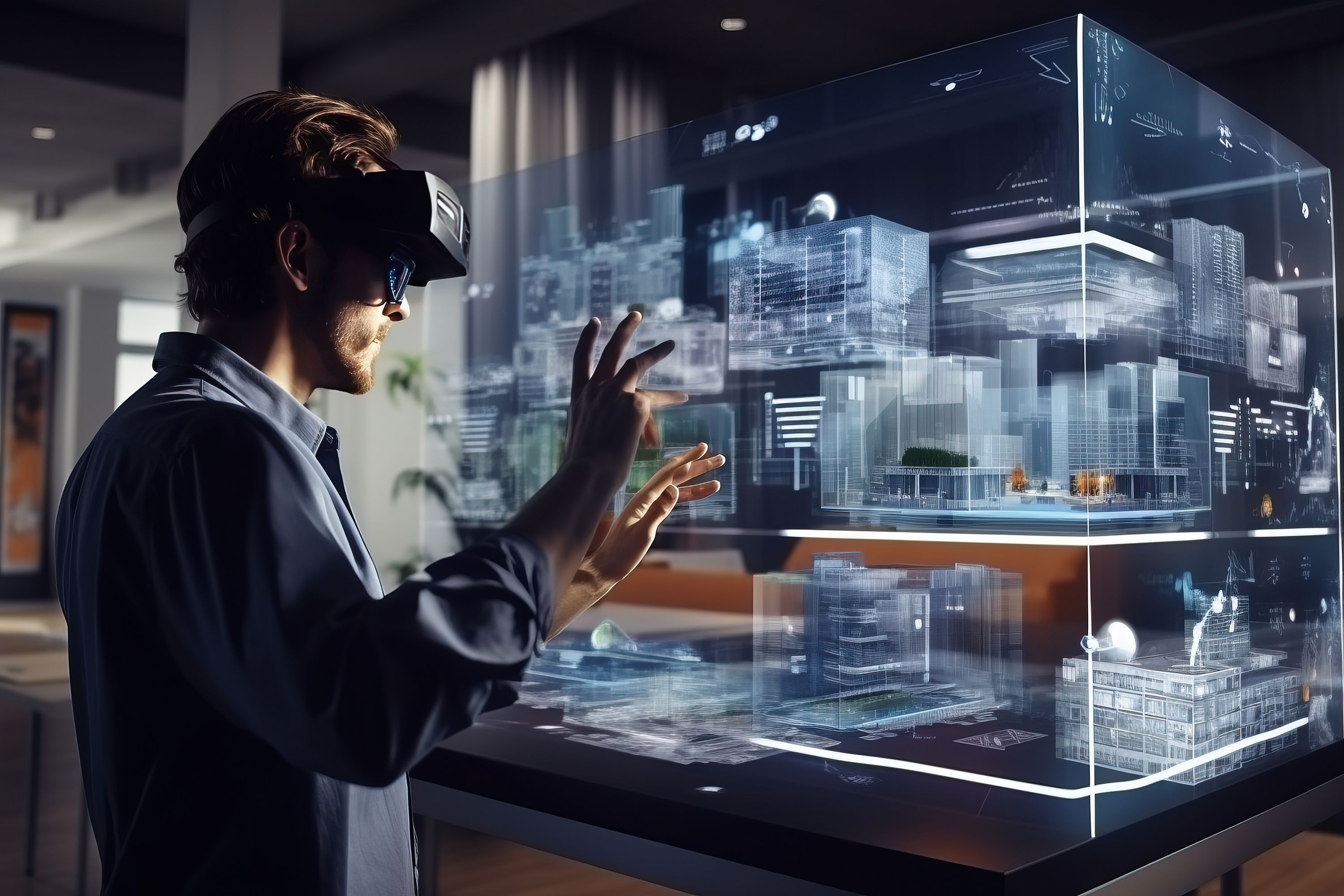Just like many technological experiences, immersive education has become more crucial than ever. As educators constantly seek new ways to innovate and enhance the student experience, immersive technologies have emerged to revolutionize the teaching landscape. Virtual and Augmented Realities offer limitless possibilities when it comes to teaching and learning. Interactive designs play a vital role as well. In this blog post, we delve into the world of extended reality (XR) design elements and their impact on education. We explore the various components of this XR-based design approach, including storytelling, user experience, accessibility, and inclusivity. Finally, we discuss best practices for creating truly impactful augmented reality educational experiences.
XR Design Elements Explained
Extended Reality is an innovative technology that has proven highly effective in creating truly immersive teaching and learning experiences. In this section, we'll explore how XR elements contribute to the excellence of education.
What Are XR Design Elements?
XR elements encompass a range of factors that work together to create immersive experiences and engaging experiences for students. We can find these elements in the XR design experience:
• Immersion: With immersive technologies, particularly VR, it's possible to create fully immersive environments that provide a sense of reality. These environments serve as teaching laboratories and find extensive application in history classes, enabling the teaching of past civilizations. Additionally, they are utilized to instruct medical students on proper surgical techniques.
• Visual design: This specific design type generates a profound sense of presence and captivates students' engagement within the virtual environment. By meticulously crafting every element of the design, from the visuals to the interactions, it completely envelops students, transporting them to a world where they can genuinely interact and connect with the digital realm in an unparalleled manner.
• Audio design: This feature significantly enhances the auditory experience, immersing students in a rich and vibrant soundscape that captivates their senses. It also elevates the way we perceive and appreciate sound, creating a truly immersive and unforgettable auditory journey.
• Haptic design: Extended reality technologies incorporate tactile feedback, such as vibrations or haptic sensations, to enhance immersion and provide a more realistic and engaging user experience. By adding this additional layer of sensory interaction, AR applications can create a heightened sense of presence and interactivity, making the virtual content feel even more integrated into the real world.
Storytelling: Enriching XR Learning Experiences
Storytelling is widely acknowledged as a potent tool in education, which is why it's employed to develop XR educational designs. In the realms of AR, VR, and MR, storytelling assumes new dimensions. In fact, its potential to deliver impactful educational experiences is heightened.
"Immersive storytelling is one of the key strengths of extended reality technology (XR)," explains Shanielle Williams. To create a truly immersive experience, it takes more than just excellent design and audio. It requires crafting a compelling narrative that gives readers the context to fully explore the virtual educational environment.
According to Williams, this can involve various techniques, such as:
• Dialogues
• Music
• Sound effects.
These storytelling techniques are strategically used to create an emotional experience with the students, engaging them with XR content. Hence, it would be significant to blend storytelling with XR experiences in education.
User Interaction and Engagement: The Core of XR Learning
In XR learning, the interaction of students, who are also users, is crucial. Through XR technologies, learners can actively engage with the class content and fully explore it in a virtual environment. User interaction in XR learning enhances understanding and engagement and promotes active student participation in every topic they learn.
Therefore, it's essential to create interactive design elements that facilitate student engagement in educational experiences. For example, designers of mixed reality technologies, like AR in education, can incorporate gamification elements to motivate learners. Reward systems, points, and levels play a significant role in fostering a healthy and competitive learning environment.
Moreover, designers of immersive technology for education can integrate interactive assessments and feedback loops to enhance the student experience. For instance, by utilizing virtual quizes, designers and professors can gain insights into students' learning processes and reinforce areas where they encounter the most challenges.
EnWorks offers a solution that boosts learner engagement while providing a consistent evaluation of their interactions. This innovative extended reality solution allows for the development of intricate training using an intuitive instructional design. Unveil the full potential of EnWorks and explore its capabilities today!
Ensuring XR Learning is Accessible & Inclusive
Extended reality technologies have revolutionized education, not only by enhancing student engagement but also by promoting accessibility and inclusivity. Ensuring that all lhttps://www.inclusivedesigntoolkit.com/whatis/whatis.htmlarners, regardless of their abilities and backgrounds, can participate in the XR learning experience is a fundamental aspect of inclusive design.
How can we attain inclusive design to ensure that all populations can access XR learning? Firstly, designers of AR, VR, and MR experiences must consider the experiences of individuals with disabilities, who encounter limitations due to cognitive and physical differences. The XR educational experience should be accessible to all.
In the educational design of XR, it's essential to ensure inclusion in learning experiences. This involves designing VR visual, auditory, and haptic elements that engage diverse learners with their communication styles and the languages they speak.
Best Practices in XR Learning
For a successful XR learning experience, you need to incorporate best practices that strive to create an exceptional educational journey. Let us now delve into these practices in more detail below:
Aligning content with teaching objectives: It's important that all design elements are synchronized with educational goals and the curriculum.
Iterative design and user testing: When it comes to XR learning, incorporating iterative design and user experience testing is vital. This approach allows for continuous improvement and refinement of the learning experience, ensuring it meets the needs and preferences of learners.
Balancing realism with education goals: Regarding creating educational content, finding the right balance between realism and learning goals is essential. By incorporating realistic elements into the learning experience, students can understand a matter better.
Takeaway
XR technologies are transforming education through interactive and immersive learning experiences. The combination of immersive design, storytelling, user engagement, and inclusivity deepens the learning experience, promoting better understanding and retention.
As we advance in this field, it's crucial to remember that the ultimate goal of XR learning is to enhance educational outcomes.
By aligning content with objectives, iterative design, and balancing realism with learning goals, XR technologies remain a valuable tool in the pursuit of quality education for all. If you're looking to adopt an XR strategy to enhance learning experiences in your institution or company, reach out to us. We're here to assist you in achieving this goal.

